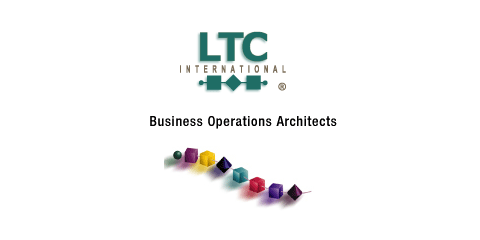|
|

article page | 1 | 2 | 3 | 4 |
1) Ignorance of the effects of an action,
2) Errors in capturing the chain of causality,
3) Vested interests - counter interests that are actively pushing against the intended change,
4) Counter values which seek their own truths irrespective of causality, and
5) Wishful thinking by those taking the action.
In corporate MAD, short sightedness and wishful thinking is in the forefront, but most of these counter interests are also in play. Robert Merton, an optimist like us, argues that comprehensive investigations can result in decisions which might not manifest strong negative externalities.
|
|

1. Growth of Enterprise Networks
Some of the released telecom experts were hired by the business customers of the service provider. Prior to the bursting of the bubble, the skill set for new digital and mobile technologies was contained largely inside the telecoms that created the products and built the networks. When a pool of highly experienced talent appeared, big business customers hired them in droves to help navigate the chaos of the telecom industry and take advantage of the significant cost savings available from internal IP-based global networks. As a result, the customers of telecom now know leading edge networks and technology just a well as the telecom service provider. They are less likely to rely on the telecom sales force for network designs and less likely to buy managed services. When they do buy, their “insider” expertise gives them a keen understanding of the margins and costs and they can negotiate better contracts with lower profits for the service provider. They negotiate better SLAs. |
|
|
|
|

As a precautionary tale, we explore below some of these “chains of causes.” Our specific meaning for this principle of unintended consequence derives from the dynamics of complex systems. Failure to discern the result of an action is often an inability to see the real borders of a system. How far do the effects propagate? What is the scope of an action? Complex systems form stable pools of continuing causality – effects do not stop until a new equilibrium is achieved. Remember the example of the release of lawyers and how this brought about a new set of stable actors in the telecom economic system. Complex systems conserve resources although these resources often undergo transformations. Looking at the larger economic system, we can show how lay offs of skilled OSS and BSS engineers can adversely affect the future of a company. With our traditional optimism, we hope this type of analysis will be used to avert future negative effects.
A Litany of Unexpected Consequences
We do not attempt to explore all the consequences that resulted in the OSS/BSS staff reductions. But we shall show a representative sample based on following the group released from MCI WorldCom and the vendors that supplied MCI WorldCom. For when a company downsizes, the next order effect is the reduction in demand for new products and services from vendors. These vendors, faced with reduction in orders, must also downsize. This leads to an exponential increase in displaced, skilled workers until the limit of the supply chain membership is reached. The curve of displaced workers resembles a “hockey stick”, or more formally, a logistics curve. The effects of these reductions and the second and tertiary effects we examine are not yet fully known. The complex international telecom market has not yet achieved equilibrium. Nevertheless, these limited examples provide much food for thought:
|
|

2. Purchasing Preferences
Purchasing decisions are influenced by personal experience. For example, some of the engineers and managers downsized from the vendor community put their stamp on their new employers, both service providers and enterprises. These experts typically bring a predisposition to buy from their prior employers, if the stuff worked. Cisco has benefited from this effect, especially given its internal certification program, to produce a cadre of engineers who will only buy Cisco, lest their personal certification is worthless. On the other hand, employees bitter from a poorly handled downsizing, are less likely to buy from their prior employer, as are those insiders who know that the technology is not quite up to competitive specifications. For example vendors who rely on solid market performance in one product area to drive sales of new product lines may find themselves cut out of a bid because the customer’s evaluation team includes employees who know that the new product is not yet up to scratch.
Customers no longer need to buy CPE and local networks through their service provider. This in turn caused a secondary reduction is service provider staff who ran the managed service and customer network resale divisions. It is likely that the experience of this group will also transfer to customers and will direct service provider competitors like Systems Integrators (SI). Soon Managed Networks will be an even more important line of business for SIs, to the misfortune of service providers.
3. Knowing where the “floor” is
Enterprise customers hiring prior vendor or service provider engineers and managers also gain competitive pricing information. They can negotiate prices and terms from vendors which, in the past,
|
article page | 1 | 2 | 3 | 4 |
|
|
|




